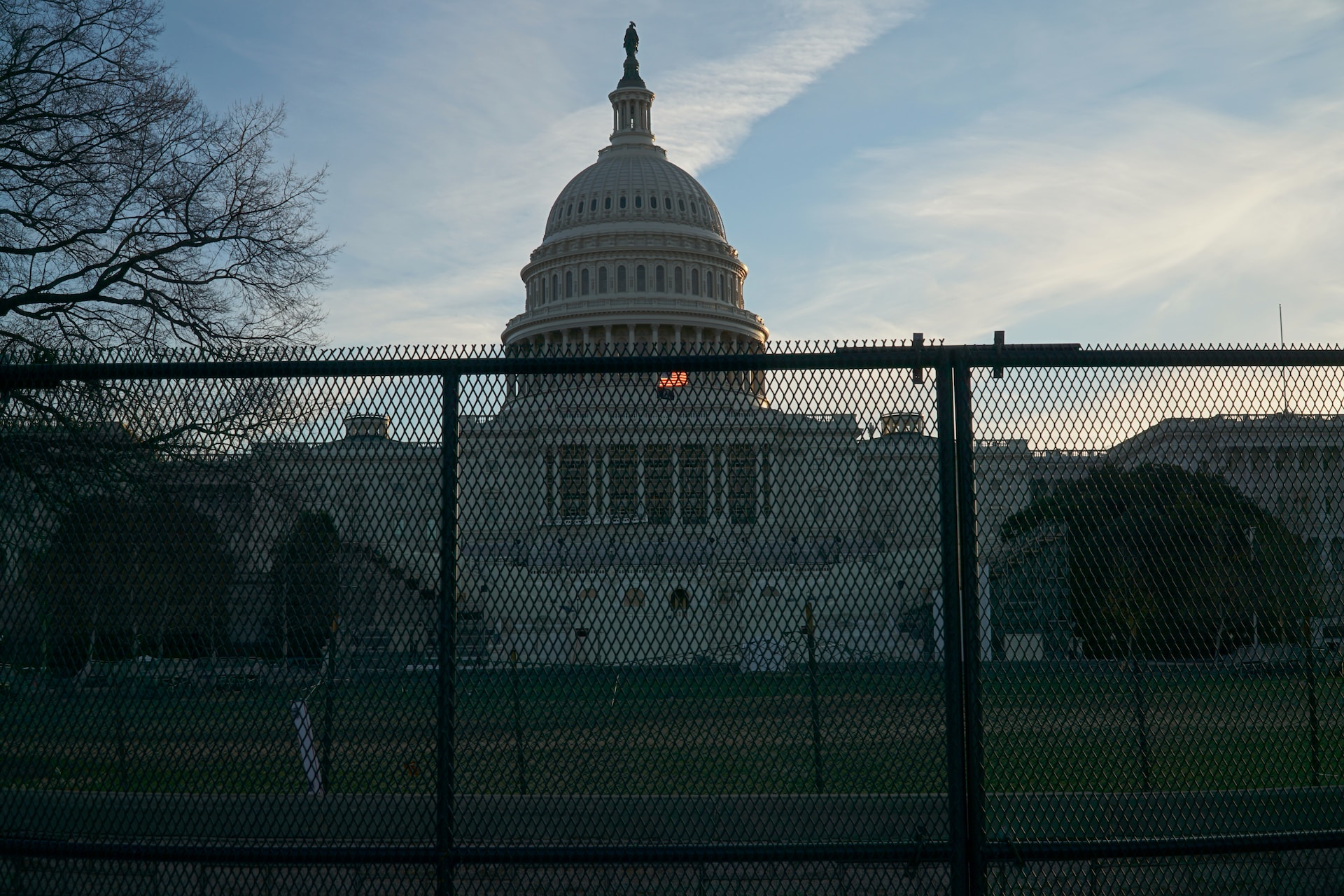The US government has until the end of the week to pass twelve appropriations bills that will constitute its budget for the fiscal year ahead. Thus far, however, it has only passed one. Four remain the subject of debate in the House of Representatives. Without a short-term funding agreement to stave off a government shutdown, as well as the resulting furlough of thousands of government employees, it appears unlikely that the House will be able to advance the necessary appropriations in time for the September 30 deadline. Even with temporary funding, a shutdown would not necessarily be averted.
Like the debt ceiling drama that unfolded earlier this year, continued discordance within the US congress is expected to cloud the outlook for US sovereign debt among ratings agencies. Earlier this year, Fitch Ratings cut the US’s credit rating from AAA to AA+ in a move that rippled through Treasury markets. In recent days, Moody’s has warned that a government shutdown would be “credit negative”, raising concerns that it could be next in line to chop the US’s creditworthiness.
Related ETFs: ProShares Short 20+ Year Treasury (TBF), ProShares Short 7-10 Year Treasury (TBX)
The US government is closing in on a September 30 deadline to pass new bills crucial to funding its operations. Its new fiscal year begins on October 1, but the House of Representatives has only passed one of the twelve appropriations bills needed to fund the federal government through that period. Four further fiscal appropriations have been prepared for debate and an eventual vote, but there is no certainty that these proposals will pass the House. If funding or the government is not agreed upon by the end of the month and lapses, it is referred to as a government shutdown.
The various conditions of government shutdowns result in different magnitudes of ramifications, but the most palpable impact of a shutdown will usually be furloughs of public employees or suspension of pay. During full shutdown scenarios in 2013 and 2018 (lasting 16 days and 3 days, respectively), the Committee for a Responsible Federal Budget (CRFB) notes that approximately 850,000 out of 2.1 million non-postal federal employees were furloughed. With only one appropriation currently passed and time running short, a…
To read the complete Intelligence Briefing, current All-Access clients, SIGN IN All-Access clients receive the full-spectrum of MRP’s research, including daily investment insights and unlimited use of our online research archive. For a free trial of MRP’s All-Access membership, or to save 50% on your first year by signing up now, CLICK HERE










